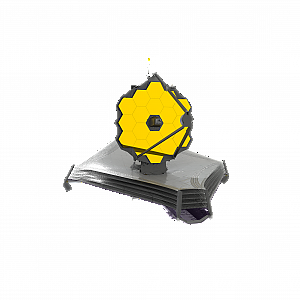Largest space telescope in the world with technology from Austria

The James Webb Space Telescope, named after a former NASA leader, is scheduled to launch into space on 22 December. The successor to the Hubble telescope is a joint project of the American, European and Canadian space agencies and the world's largest space telescope. The Webb telescope will expand our understanding of the formation of galaxies, stars, planets and ultimately perhaps the origins of life. The rocket launch will take place from Europe's Kourou Spaceport in French Guiana, South America.
Mechanisms for NASA's Webb Telescope
For the James Webb telescope, RUAG Space from Vienna supplied two high-precision mechanisms for the "super eye" called "NIRSpec", one of the telescope's three main instruments. The "super eye" can detect the faintest infrared radiation from the most distant galaxies. The instrument weighs around 200 kilograms and will operate in space at a temperature of around minus 230 degrees Celsius. The mechanisms from Vienna ensure the precise mounting and rotation of a filter wheel and a grid wheel for the "super eye". "The mechanism's ball bearing is the most precise in all of Europe," says Andreas Buhl, Managing Director of RUAG Space Austria, Austria's largest space company. The mechanism works with an accuracy of 100 nanometres.
Special device from Vienna turns and tilts Webb telescope
During the final assembly of the telescope on Earth, red-white-red technology is also in use. To enable engineers to work on the telescope from all sides, a special device from RUAG Space in Vienna rotates and tilts the telescope. The company also supplied the thermal insulation for the telescope's large communications antenna. "The largest and most powerful space telescope in the world uses red-white-red technology from Vienna. As a small country, we show what top performances our local engineers are capable of," says Andreas Buhl.
